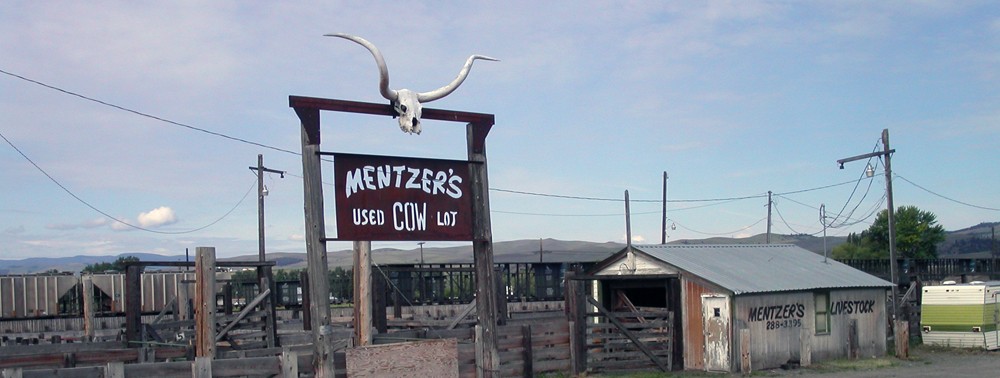[2019 UPDATE: This post was published in 2017 and the material represents an early stage in my research into Lyttonsville’s history. A more complete history appears in the Talbot Avenue Bridge Historic American Engineering Record (HAER) report completed in July 2019. That document will be available to the public in 2020 via the Library of Congress website.]
INTRODUCTION
Just about the only thing Maryland-National Capital Park and Planning Commission’s Montgomery County Planning Department (M-NCPPC) architectural historians got right in the agency’s history of Silver Spring, Maryland’s, Lyttonsville community was that Samuel Lytton bought some property in 1853. Were it not for a sharp rebuke from longtime residents of the historic African American hamlet, the official history memorialized in a new sector plan would have read that Lytton was a “freed slave.”[1] That early draft historic context contained many factual errors, some of which were corrected before the Montgomery County Planning Board in late 2016 recommended approving the Greater Lyttonsville Sector Plan, which the Montgomery County Council approved in early 2017.
The final Lyttonsville historic context that is now part of Montgomery County’s background materials for formulating everything from development plans in the community to public art for proposed light rail line stations to place making efforts to historic preservation planning is an incomplete and error-filled narrative. Whether it’s the false assertion that Lyttonsville was a “pre-Civil War free black settlement” or the lazy conclusion that agency staff couldn’t find out what happened to Lytton’s property after his death, “It is unclear who owned the property when it was platted as twelve lots,”[2] there are significant issues with the M-NCPPC’s research.
This post explores some of Lyttonsville’s early history up to the turn of the twentieth century and fills in some of the many gaps left by the M-NCPPC staff research that is now Montgomery County’s official historic context for the community.
Samuel Lytton

There are no known images depicting Samuel Lytton.
Samuel Lytton is a historical mystery. He spent about four decades in Montgomery County and left only ephemeral evidence about who he was, how he made a living, and what motivated him to establish a basis for the development of the community that now bears his name.
Government documents give us a glimpse into Lytton’s basic biography. He was a Maryland native who was born c. 1830. In 1849 he married Phyllis Cosbery in Washington, D.C. Phyllis, born in Kentucky, was 20 years Samuel’s senior. It is possible that she was an enslaved member of Francis Preston Blair’s household who came to Washington from Kentucky with the Blair family. The following year a census enumerator documented him as a “laborer” living in Blair’s household in what is now Silver Spring. By the 1860 census, Lytton had established his own household in the four acre tract he had paid white farmer Leonard Johnson $96 to buy in January 1853.[3] Three years later, during the Civil War, Lytton registered for the newly enacted federal draft. The entry identified Lytton as a “colored” farmer who was married. Continue reading


